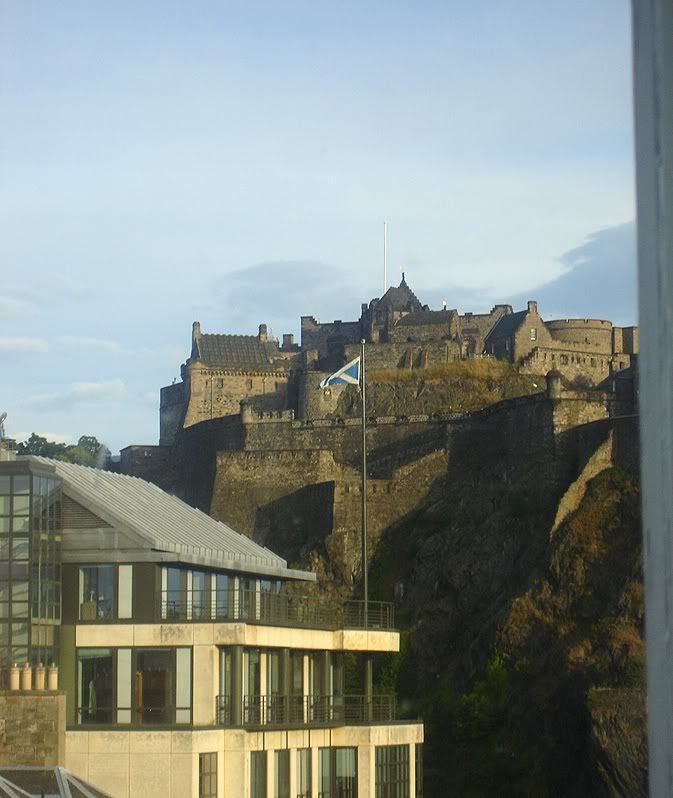we had a friend frae LA visitin the last fortnicht...
sae we hae been oot an aboot a lot...
we took a day trip tae Edinburgh....
we stayed in a B&B in the city centre and this wuz the view o' the castle oot oor B&B window...

User Tag List
Results 11 to 20 of 61
Thread: Edinburgh Castle!Threaded View
Tags for this Thread |
Bookmarks